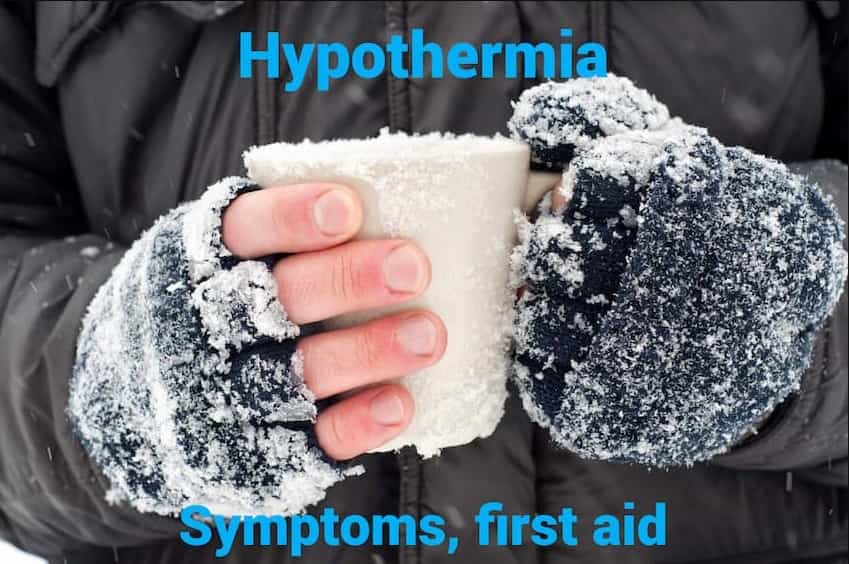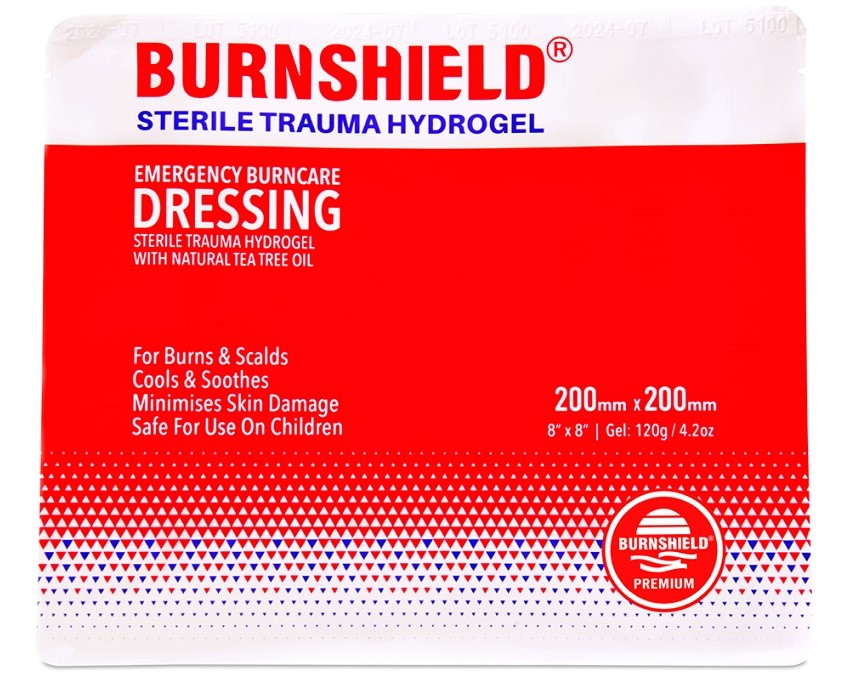Hypothermia - Symptoms, First Aid
Content
- Symptoms of hypothermia
- Mild hypothermia
- Moderate hypothermia
- Severe hypothermia
- Causes and consequences
- First aid for hypothermia
- First aid for frostbite
- First aid for hypothermia
- How to Protect Against Hypothermia
- Passive cold protection
- Active warming

Hypothermia, also known as cold exposure, is a condition in which the body temperature drops below 36 degrees Celsius, leading to disruptions in normal bodily functions and metabolism. This condition occurs due to prolonged exposure to low temperatures, which cause the body to lose heat faster than it can produce.
Symptoms of hypothermia
Usually, a person can recognize the early signs of hypothermia if they are conscious. One such sign is feeling cold and shivering in the extremities and throughout the body. Hypothermia can have various stages, each accompanied by its own symptoms.
Mild hypothermia
- The temperature drops to the first critical level between 35 to 34 °C.
- Shivering occurs as a result of heat loss through muscle activity.
- Blood vessels constrict, resulting in paleness of the skin. It's easy to get frostbite at this stage.
- Metabolism slows down, causing sluggishness, apathy, and impaired thinking.
- Symptoms of mild hypothermia include memory problems and the possibility of losing spatial orientation. If hypothermia occurs in an open area, it's easy to lose direction.
- Hunger and fatigue exacerbate these symptoms.
Moderate hypothermia
- Body temperature drops to 30 °C.
- The pulse weakens, and the heart slows down to conserve heat and protect the brain.
- The skin becomes cold and lifeless, acquiring a characteristic marble-like hue.
- The extremities hardly respond to bending.
- Metabolism is disrupted, and chemical processes in the nervous system slow down.
- Consciousness disturbances deepen - extreme drowsiness, speech problems, and hallucinations may eventually occur.
Severe hypothermia
- The temperature drops to 27 °C and below.
- The person loses consciousness, limbs become lifeless, and frostbite becomes extremely severe.
- The pulse becomes almost imperceptible - it can be felt by pressing fingers on the carotid artery.
- Breathing problems begin - it becomes rare and intermittent. At this stage, the pupils stop reacting to light, and cardiac arrest may occur.
- Below is a table of stages and clinical signs of hypothermia.
Stage of Hypothermia
| Stage of hypothermia | Body temperature | Clinical manifestations |
|---|---|---|
| Light | 32.2°–35°C |
|
| Moderate | 28–32.2°C |
|
| Severe | Less than 28°C |
|
Causes and consequences
The internal (deep) body temperature, measured in the rectum, esophagus, or using a special thermometer on the tympanic membrane, is less than 35°C.
Hypothermia with potentially dangerous consequences can occur at temperatures above 0°C if heat loss exceeds its production.
The most common cause is prolonged exposure to conditions that promote heat loss, such as immersion in cold water, low air temperature, strong wind, or inadequate warm or wet clothing.
Factors contributing to hypothermia include insufficient heat production (for example, due to immobility, which can occur as a result of loss of consciousness), low muscle mass (in children, the elderly, those with hypotrophy or cachexia), as well as increased heat loss (for example, due to alcohol consumption, burns).
Other, less common causes of hypothermia under normal temperature conditions include endocrine and metabolic disorders, neurological problems, skin damage, sepsis, shock, and poisoning with various substances.
It is important to adhere to the principles of first aid and apply special measures in case of hypothermia.
First aid for hypothermia

Providing first aid for hypothermia is extremely important as this condition can be dangerous. Here are a few steps you can take:
- Avoid hot water. Do not attempt to warm frozen skin areas with hot water or a heater as this can cause further tissue damage.
- Seek medical help. In severe cases where the condition of the affected person is critical, call a doctor immediately.
Remember, in the case of hypothermia, it is important to provide first aid as quickly as possible. Be cautious and help the affected person retain warmth and reduce the risk of further complications.
First aid for frostbite
When providing first aid for frostbite, the methods vary depending on the degree of frostbite, the general condition of the body's cooling, the age, and the existing illnesses of the affected person.
The main goal during this period is to warm up the affected person and restore their circulation.
Therefore, it is important to:
- Stop the negative factor - cold exposure.
- Gradually warm the frozen areas of the body (limbs) "from the inside out". For this purpose, it is recommended to administer hot drinks, medications that improve circulation, and apply thermal insulation dressings. Rubbing with alcohol or vodka can be used to warm and restore circulation.
- In case of serious injuries, it is recommended to use a bath with warm water. The initial water temperature should be room temperature, and then gradually increase it by 5°C every 20-30 minutes until the body temperature (36°C) is reached within 1-2 hours.
- Dress the affected person in dry warm clothing and give them a hot drink.
- If there is pain, apply painkillers. At the same time as taking these initial measures, it is necessary to call for emergency medical assistance to provide qualified medical care.
First aid for hypothermia
For first-degree frostbite, it is necessary to warm the cold areas of the body until they turn red using warm hands, light massage, rubbing the tissue with wool, or applying a cotton-gauze dressing.
In the case of second to fourth-degree frostbite, rapid heating, massage, or rubbing should be avoided. It is important to apply a thermal insulating dressing to the affected area (a layer of gauze, a thick layer of cotton, another layer of gauze, and on top of that - cling film or rubberized fabric). Limbs can be immobilized using improvised means (a wooden board, dense cardboard) placed over the dressing.

For insulation, you can use cotton products, socks, wool fabrics, etc. The affected person can be given warm drinks, hot food, a small amount of alcohol, as well as aspirin or analgin tablets, 2 tablets of "No-shpa".
Do not rub frostbitten areas with snow as it can damage blood vessels. Also, rapid heating near fire, uncontrolled use of heaters, and other heat sources should be avoided as it can exacerbate frostbite.
Oils and fats, as well as rubbing the limbs with alcohol, are not effective methods of first aid for deep frostbite.
Heating can be done through warm baths. The water temperature should be gradually increased from 20°C to 40°C over 20-30 minutes. After the bath and rubbing, the injured part of the body should be thoroughly cleaned of dirt.
After this, the injured part of the body should be dried, covered with a sterile dressing, and warmly wrapped. Frostbitten areas of the body should not be smeared with fat or ointments. In case of any degree of frostbite, it is important to seek medical attention.
For mild general hypothermia, an effective treatment method is to warm the affected person in a warm bath with an initial water temperature of 24°C, gradually increasing it to the normal body temperature.
How to Protect Against Hypothermia
Protection against hypothermia involves a set of measures aimed at avoiding body cooling and maintaining a normal body temperature in cold conditions. Before active warming, it is important to take preventive measures to prevent hypothermia.
Passive cold protection
Passive cold protection involves retaining body heat by using protective clothing and insulation materials. The main preventive measures include:
Clothing: Wear several layers of clothing, starting with a thin layer close to the body, followed by insulated layers to retain heat. It is important for clothing to be suitable for weather conditions and able to protect against wind and moisture.
Headwear: Don't forget to wear a hat or headwear, which helps to retain heat as a lot of heat is lost through the head.
Gloves and socks: Provide proper protection for the hands and feet with warm gloves and socks. They help prevent heat loss through extremities.
Active warming
Active warming involves measures aimed at raising body temperature and restoring normal circulation. The main features of active warming include:
Drinking hot beverages: Hot drinks such as tea or coffee help warm the body from the inside and maintain a normal temperature.
Physical activity: Movement and activity contribute to generating heat in the body. Engage in regular movements to retain heat in the body.
Seeking warm shelter: If you are outdoors and feel cold, try to find warm shelter where you can restore normal body temperature.
Thus, hypothermia can be a serious condition, especially in low temperatures. Timely response to signs of hypothermia and providing first aid can help prevent serious complications.
Remember the importance of wearing appropriate clothing and avoiding prolonged exposure to cold without proper protection. If you or someone close to you experiences hypothermia, do not hesitate to take appropriate measures and provide first aid.
While most cases of hypothermia can be easily prevented with proper preventive measures, it is important to be prepared to respond in case of an emergency situation.
